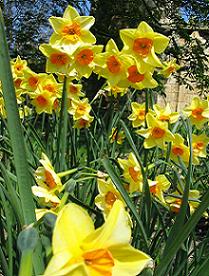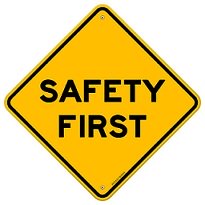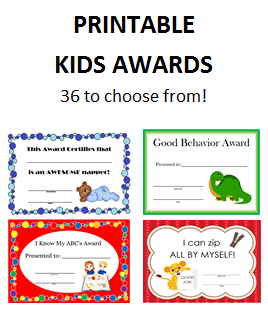Poisonous Plants
Poisonous plants should be avoided by home based daycare providers. Just as all chemicals are locked up for children’s safety, problem plants should be removed also.

I can’t imagine any home without a plant or two, indoors or out. As much as we like to make our environment beautiful, we must also consider the safety of our choices.
Many common plants present a hazard to children.
A plant is found to be poisonous if it contains a chemical substance which produces a harmful reaction in the body.
This can happen by simply coming in contact with the plant or actually ingesting part of the plant. A harmful reaction can mean, anything from a mild skin rash or stomach ache to internal poisoning and life threatening heart or kidney problems.
Remember that children are smaller than adults, therefore, they need less contact with a plant for a reaction to occur.
Poisonous Plants
Choose plants wisely. Make sure to research any new plants. Save the labels so you are able to identify the plants in your environment.
Common Plants Considered Poisonous:
| Amaryllis | Corn Poppy | May Apple |
| Angels Trumpet | Daffodil | Morning Glory |
| Apricot Kernels | Daphne | Mountain Laurel |
| Autumn Crocus | Delphinium | Narcissus |
| Azalea | Dumb Cane | Nightshade |
| Baneberry | Elderberry | Oleander |
| Belladonna | Elephant Ear | Peace Lily |
| Black-eyed Susan | English Ivy | Philodendron |
| Black Locust | Foxglove | Poison Hemlock |
| Bleeding Heart | Holly Berries | Pokeweed |
| Blueweed | Horse Chestnut | Red Sage |
| Boxwood | Hyacinth | Rhododendron |
| Buckthorn | Hydrangea | Rhubarb |
| Bulbous Buttercup | Iris | Rosary Pea |
| Calla Lily | Jack-in-the-Pulpit | Schefflera |
| Chinese Lantern | Japanese Wisteria | Snow-on-the-Mountain |
| Chinese Evergreen | Jerusalem Cherry | Tansy |
| Caladium | Jimson Weed | Tulips |
| Castor Bean | Juniper | Umbrella Plant |
| Colchicum | Lantana | Water Hemlock |
| Common Comfrey | Larkspur | Wisteria |
| Corn Poppy | Lily-of-the-Valley | Yew |
Tips for teaching children about plants:

- Do not assume that vegetables are safe plants. The stems and leaves of both potato and tomato plants are poisonous.
- Never leave toddlers or young children unattended outdoors.
- Plant bulbs and seeds should be kept away from children.
- Do not make whistles or jewelry from plants, grasses or trees.
- Do not allow children to eat vegetables directly out of the garden until they are old enough to understand exactly what is edible. Same rules for strawberries, blueberries, herbs, etc. Letting young children do this leads to the belief that all plants are food.
- Even if you have a plant up high, as in a hanging basket, be aware that the leaves and blossoms can still fall to the ground.*It should also be noted that young children are quite agile when climbing, so something “up high” is not necessarily “out of reach”.
- Check plants before you buy. Become familiar with which plants are poisonous. Talk to greenhouse owners and garden center associates who are knowledgeable about plants.
- Teach children to keep plants out of their mouths. Realize also that children have been known to eat the soil in plant pots, and that any pebbles in plant pots can be a choking hazard.
- Fence off areas with plants that should be avoided.
- Even though your own home environment may be safe, closely monitor children when off your property. Parks, hiking trails, homes along a walking path … all have the potential to have poisonous plants.
_________________________________________________________________

As a child care provider, your top priority is the safety of the children. PLEASE... take the time to look over the entire safety section.
Common household items that pose a danger to children: Some you may have never considered.
Daycare Regulations for safety: A must read.
Child Gun Safety: Even if you don't own a gun, your daycare children may be exposed to guns in the homes of friends or relatives.
Storm and Fire Safety: Practice drills can save lives.
Home Chemical Safety: The precautions you need to take.
Daycare Emergencies: You should always be prepared.
Beyond removing poisonous plants... learn all you can to create the safest possible environment for the children in your care.
_________________________________________________________________
from poisonous plants to safety main page
from poisonous plants to simply daycare home












